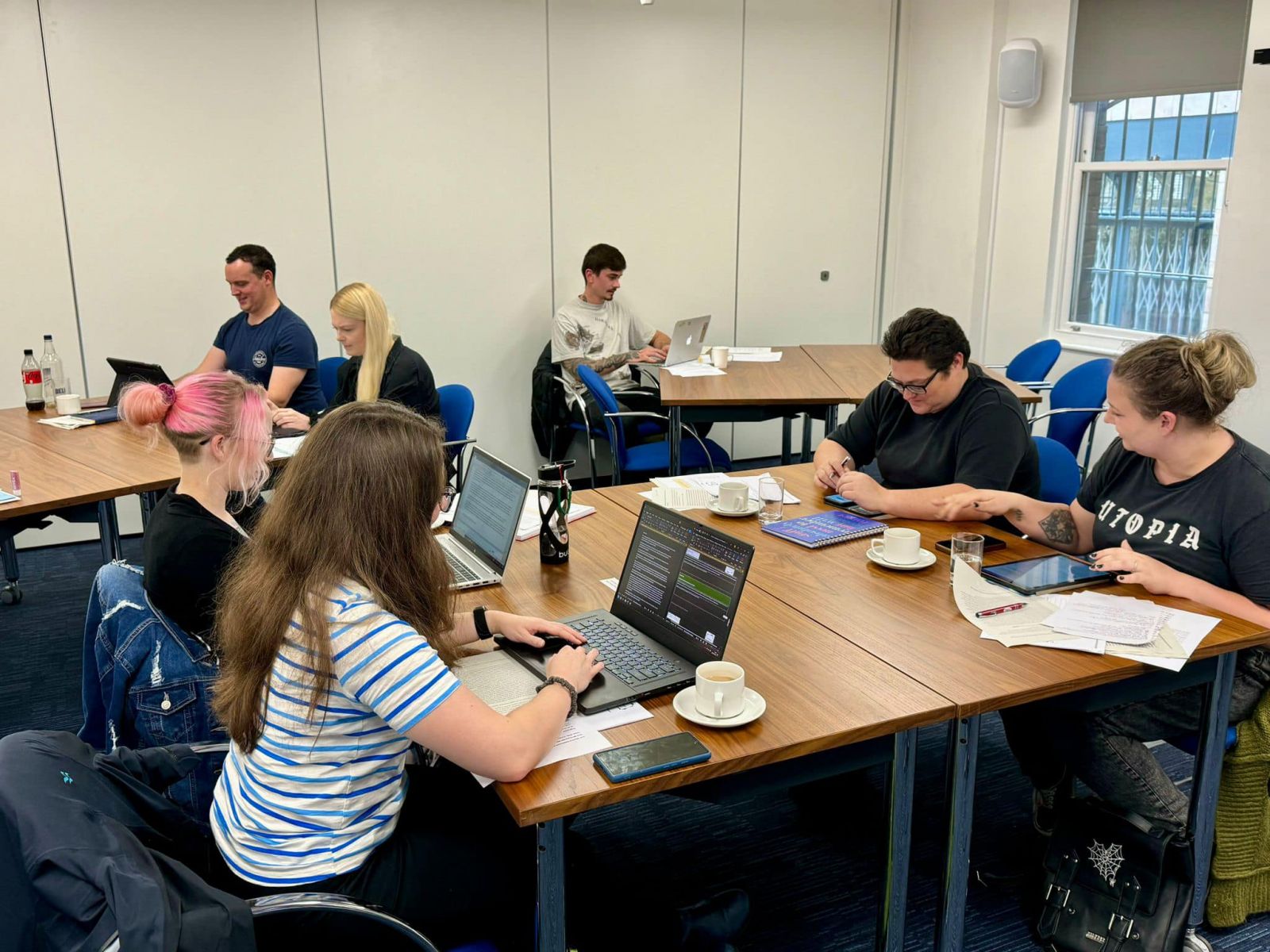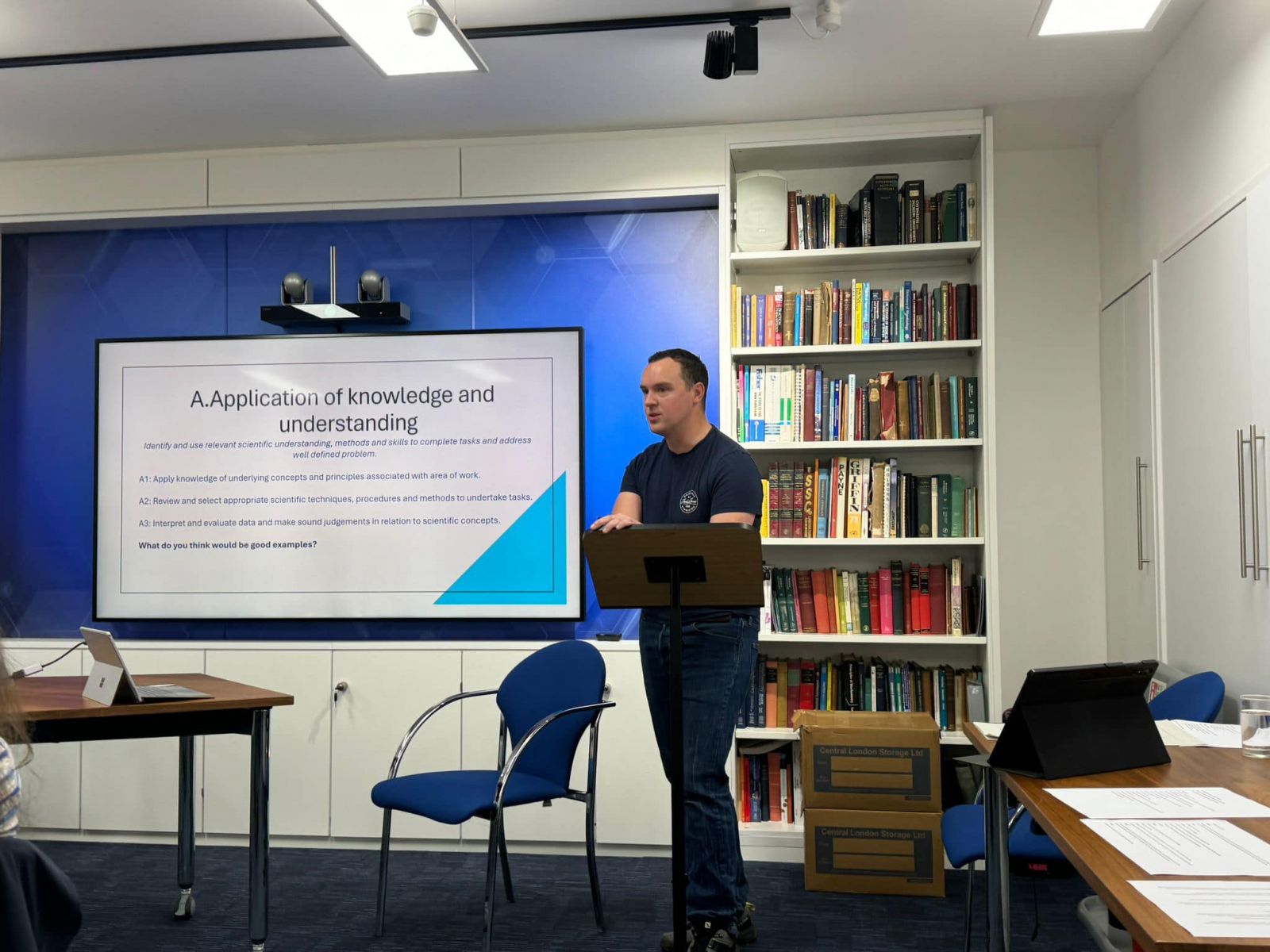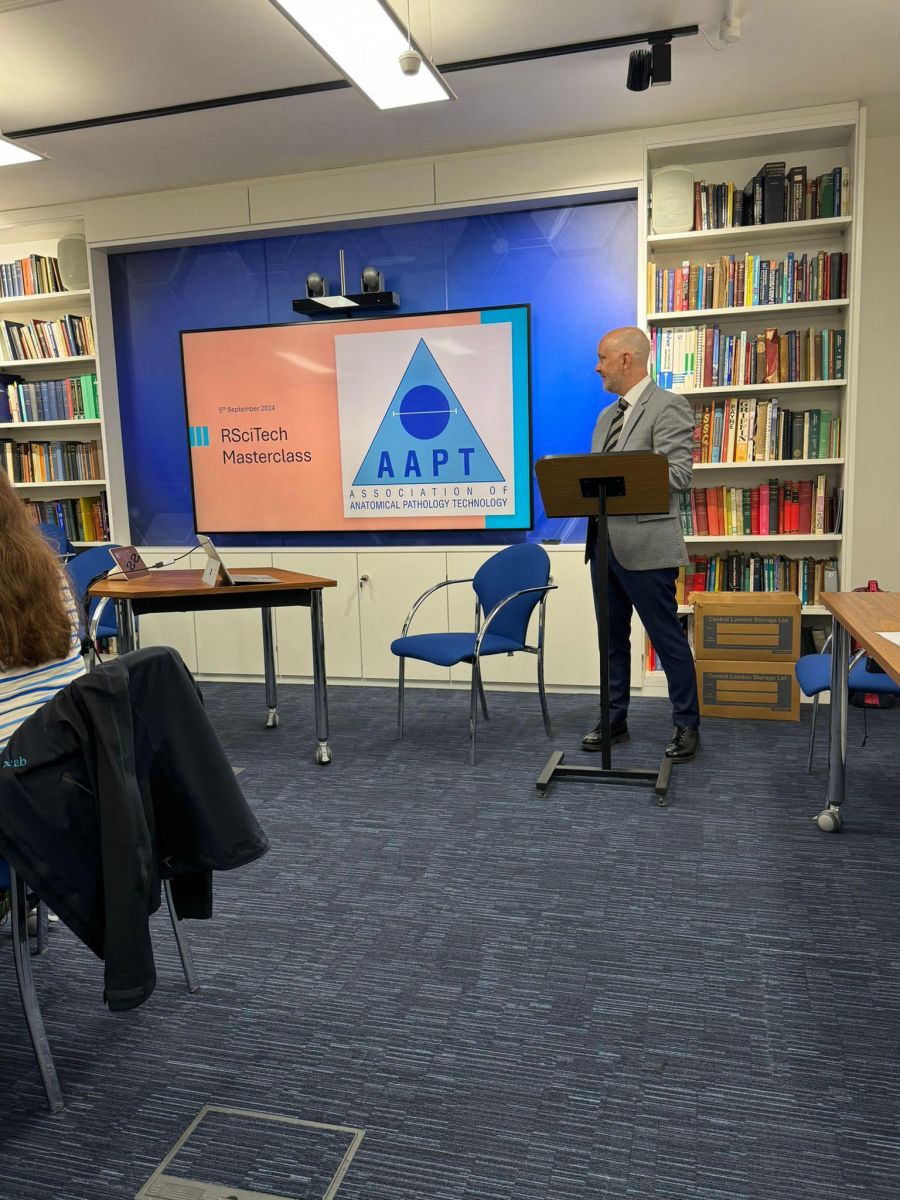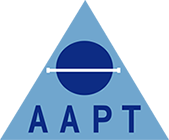News
AAPT RSciTech masterclass report
On the 5th of September, the AAPT hosted an RSciTech masterclass and Lucy Thorne reports on her delegate experience
Presenters: Robert Cast RSciTech MAAPT (AAPT Council), Samantha Bell RSciTech MAAPT (AAPT Council), Christian Burt IBMS Professional Support Services Manager
Location: IBMS, 12 Coldbath Square, London

I was pleased to attend the RSciTech Masterclass on 5th September with a mixture of APTs at different stages of their career, ranging from recently qualified such as myself to those who have been qualified and working at various levels in mortuaries across the country.
Having already made a start on my RSciTech application via the shortened application route. prior to attending the masterclass; it was insightful to be given examples of good entries and examples which had fallen short when it came to assessment and reassured me that I was on the right track with what I’d already written – with some polishing and editing to be done to ensure they’re hitting the mark.
The important take-aways for me were the emphasis on writing about my every day activities, the bread and butter of mortuary work.
Much like the reflective pieces for my RSPH Level 3 Diploma in Healthcare Science (APT) portfolio, we APTs carry out good practice every single day - from troubleshooting challenging cases in the post mortem room and altering our approach to evisceration and reconstruction when needed, to adhering to health and safety procedures when it comes to movement of patients and safe manual handling.

Another important emphasis covered in both Samantha and Robert’s presentations was the importance of explaining why I carry out an activity in a certain way; why some situations may require escalation and what a good result, or a bad result, may mean for myself, my team and my service (including the bereaved). This is something I will keep in the forefront of my mind when finishing my RSciTech application to give well rounded, thoughtful answers.
The final presentation of the day was from Christian, covering the new CPDMe platform; this is something I had logged into previously but hadn’t explored in any meaningful depth.
The walk-through was extremely helpful and the platform itself looks user friendly, particularly the tool which enables users to form and print a CPD portfolio. The portfolio tool will definitely be something I make use of when it comes to my annual appraisal at work.

The afternoon session was focussed on forming our written pieces, and I made good use of the assessors at our disposal in the room.
Many thanks to Robert and Sam for their time and patience – to have another set of eyes cast over my responses was really beneficial, and they were able to identify areas where I could add further detail, and in some cases trim my pieces back. I’d recommend anyone embarking on this process attending any future sessions that are set up.
Lucy Thorne MAAPT
